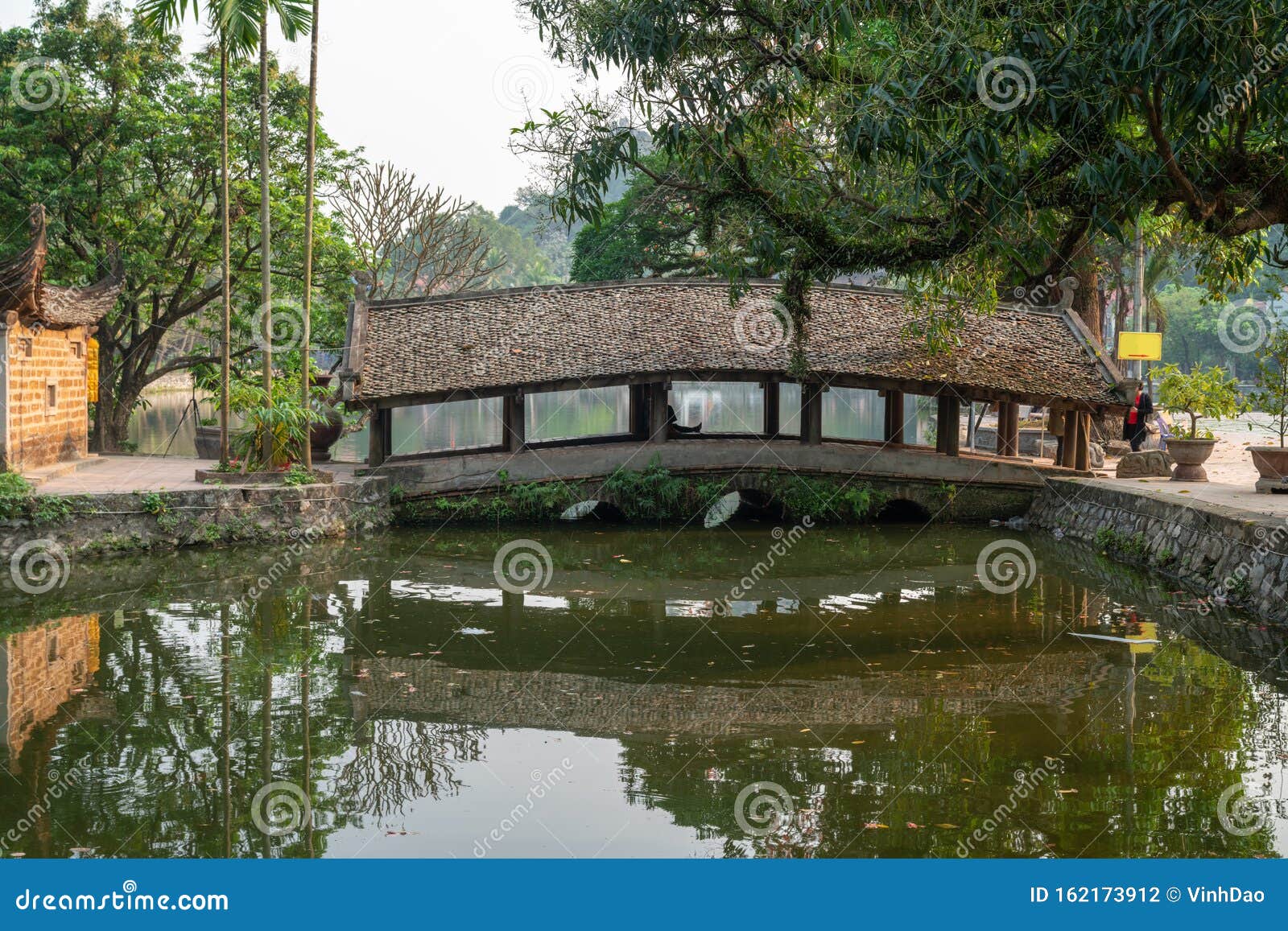

Many themes are closely linked to folklore and everyday life: stories handed down by grandparents, national history, legends and tales with a humorous twist. Each guild has its own interpretation of the scenes along with its own tricks and skills to add movement, action and colour. The acts are short, sometimes no more than a minute, and the characters easily recognizable to the audience. He tells the audience that he was once in heaven but was exiled for picking heavenly fruit. He is the plump, pigtailed master of ceremonies.

The figure of T?u (the name means ‘laughter’ in old Vietnamese) appears from behind a bamboo curtain. It is difficult to work out how sparks and dry flags can emerge from water, but this is all part of the puppeteers’ skill. Puppets and thier operators at the Ethnology Museum in Hanoi, 2010Īs the drum sounds roll away, firecrackers travel round the pond and colourful flags spring out of the water and flutter above it.

The musicians are accompanied by cheo singers, who chant the story and warn the puppets of danger. This is family entertainment, with visual images and humour easily understood and enjoyed by young children, while more subtle and meaningful themes are appreciated by older members of the audience.ĭrumming and firecrackers alert the audience to the beginning of the performance, and music from bells, horns, drums and gongs continues throughout, creating atmosphere and suspense. The audience gathers around the water’s edge, separated from the stage by about 15 metres of murky water. Their theatres are therefore temporary and mobile. Nowadays, many of these groups travel around the country giving puppet shows. In northern Vietnam 26 puppetry guilds still operate, and four of these are based in Hanoi. The guilds are fiercely competitive and closely preserve the secrets of their craft, which leads to continuing diversity in the stories that are performed and the ways the puppets and special effects are manipulated. Members are initiated into the guild with ceremonies that include the drinking of rooster blood (now vermilion water) and taking an oath to preserve the secrets of the craft at the risk of ‘the life of the father and three successive sons’. Traditionally, only men belong to the guilds and membership is kept within a few families, the position passing from a father to his sons. But these guilds also care for the families of members in times of need. Puppets in the showroom of the company Thang long Water PuppetĪ group of village people who form a guild is responsible for developing and preserving the techniques of puppet-making and -manipulation. However, many theatres were built of bamboo rather than brick and therefore have not survived, but the word r?i (puppet) has been preserved in village names (in Y Yen district, Nam Dinh Province) and in the R?i pagoda in Phu Xuyen in Ha Tay Province. Historical records going back to the 12th century suggest that water puppet performances were also used for royal entertainment.Ī couple of early puppet theatres are still in existence – at Thay Pagoda the double-roofed brick-and-tile theatre dates from the later Le period (1533 to 1708) and the theatre at Dong Temple is dated 1775. The shows take place when deities and spirits are prevailed upon to guard over the growing season, and after the harvest, when they are thanked. It is a style of puppetry that was born in Bac Bo – North Vietnam – in the Red River Delta (?ng B?ng Sông H?ng). In Vietnam, and only Vietnam, there is a tradition of múa r?i n?c – puppets that play on a stage of water. Vietnam Heritage, May-June 2011 - The guilds are fiercely competitive and closely preserve the secrets of their craft, which leads to continuing diversity in the stories that are performed and the ways the puppets and special effects are manipulated


 0 kommentar(er)
0 kommentar(er)
